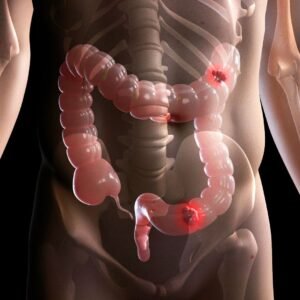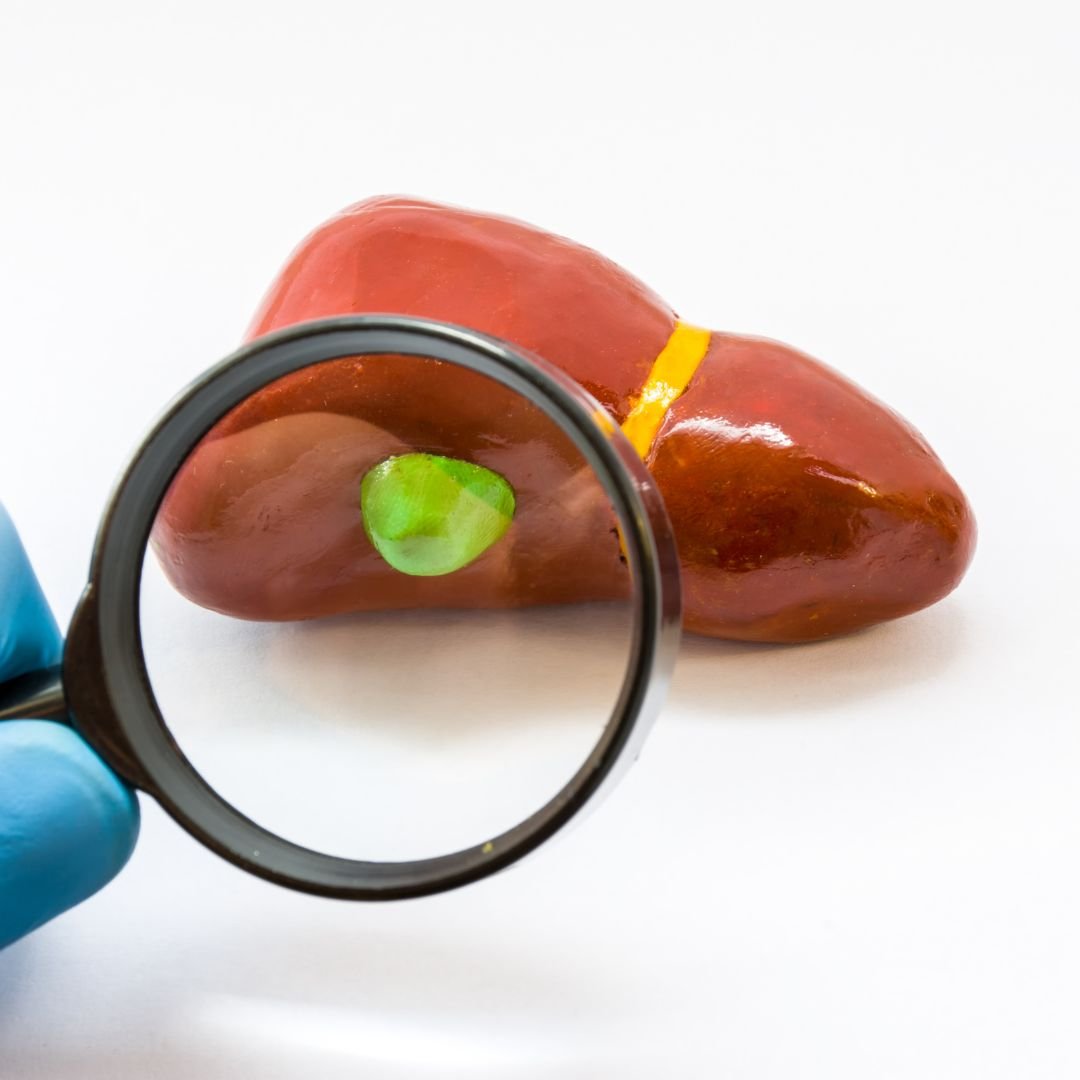Symptoms of GI tract cancer, liver, food pipe, stomach, colon cancer, small intestine, bile duct cancer
Today, we will talk about the fear of cancer. I am a gastroenterologist, and many patients who visit our OPD are worried that they might have stomach cancer.
Usually, this fear arises because someone in their family, neighbourhood, or workplace has had cancer.
So, whenever they experience any stomach-related issues – like mild pain, constipation, or diarrhea – they start worrying that it could be cancer.
In reality, more than 90% of the time, it is not cancer. That’s why today we will discuss what the possible symptoms of stomach cancer are.
I want to mention here that the symptoms I talk about are not specific to cancer. Just because someone has these symptoms does not mean they have cancer.
These symptoms can also be seen in non-cancerous or benign conditions. So, if these symptoms appear, it doesn’t confirm cancer, but yes, the possibility of cancer can’t be completely ruled out either.
There can be eight types of cancer in our digestive system.
Cancer in the Food Pipe

The first part of the digestive system is the food pipe, which carries the food from our mouth to the stomach. If someone has cancer in the food pipe, they often face difficulty swallowing food.
In the early stages, this problem usually occurs with solid foods like chapati or fruits. Gradually, the difficulty increases, and even drinking water can become troublesome.
So, if a patient comes to us with such symptoms, we take them seriously. I also want to clarify an important point here – doing a biopsy of the food pipe is completely safe. It does not cause the cancer to spread.
Cancer in Stomach
The second part of the digestive system is the stomach. After food passes through the food pipe, it reaches the stomach, where it is stored, and the digestion process begins. From there, the food gradually moves into the small intestine.
If someone has stomach (or gastric) cancer, they may experience pain in the upper part of the abdomen. Some patients may also have vomiting, suffer from anemia (low blood count), and notice unintentional weight loss.
If we suspect cancer, we perform an endoscopy to examine the stomach. If anything looks abnormal, we take a biopsy to confirm whether it is cancer.
To determine the stage of cancer, we also conduct tests like CT scan and PET scan.
Cancer in Small Intestine
The third part of our digestive tract is the small intestine. Cancer in the small intestine is quite rare. However, if someone does develop it, they may feel pain around the area of the navel.
Sometimes, there may be a blockage in the stomach, causing bloating. The patient might also face difficulty passing gas or stool.
To diagnose cancer of the small intestine, a CT scan is usually done. In some cases, a special test called endoscopy is performed, which allows doctors to examine the small intestine more closely.
Cancer in Colon

The next part of the digestive tract is the colon or large intestine. If cancer develops on the left side of the colon, the patient may experience constipation or notice blood in their stool.
If the cancer is on the right side of the colon, the main symptom is often anemia (low blood count), which happens due to slow bleeding caused by the tumor. This bleeding is not visible to the eye and is called occult blood.
To detect this, we perform an occult blood test on the stool. If cancer is suspected, a colonoscopy is done to examine the large intestine.
If anything suspicious is found during the colonoscopy, a biopsy is taken. To determine the stage of the cancer, CT scans and PET scans are carried out.
Cancer in Liver
The next part of the digestive tract is the liver, which is one of the largest and most important organs in our body. It performs many essential functions, like producing various proteins and helping in food digestion.
If someone has liver cirrhosis – which can be caused by alcohol consumption, hepatitis B or C infections, or a fatty liver – they are at a higher risk of developing liver cancer.
Such patients may feel pain in the upper abdomen, develop jaundice, experience fluid buildup in the stomach (ascites), vomiting, and weight loss.
To diagnose liver cancer, special tests like a triple-phase CT scan or triple-phase MRI are done, which help in detecting the presence and extent of the disease accurately.
Cancer in Pancreas
The next part of the digestive tract is the pancreas. If someone has pancreatic cancer, they may develop diabetes, feel pain in the upper part of the abdomen – which can sometimes spread to the back – and may experience weight loss and jaundice (yellowing of the skin and eyes).
This type of cancer can be diagnosed using a CT scan. In some cases, a special test called an endoscopic ultrasound (EUS) is also done to get a clearer view of the pancreas and confirm the diagnosis.
Cancer in Gallbladder

The next part of the digestive tract is the gallbladder. Gallbladder cancer is more common in women, and in most cases, patients with this cancer also have gallstones.
However, I want to make it clear that just having gallstones does not mean you will definitely get cancer. But studies have shown that many people who develop gallbladder cancer also have stones in their gallbladder.
This means that while gallstones don’t directly cause cancer, people with them – especially if the stones are large – may have a higher risk in the future.
Patients with gallbladder cancer often experience pain in the upper part of the abdomen and may also develop jaundice.
To diagnose this cancer, tests like ultrasound, CT scan, or MRI are done. Once diagnosed, further tests are done to check the stage of the disease so that proper treatment can be planned.
Cancer in Bile Duct
The next part of the digestive tract is the bile duct. If someone has cancer in the bile duct, they may experience pain in the upper part of the abdomen and also develop jaundice.
This type of cancer can usually be diagnosed using a CT scan or MRI. In some cases, special tests like endoscopic ultrasound (EUS), ERCP (Endoscopic Retrograde Cholangiopancreatography), or cholangioscopy may also be needed to get a clearer view and confirm the diagnosis.
Please consult the best gastroenterologist if you are experiencing symptoms of digestive tract cancers for the best treatment.

